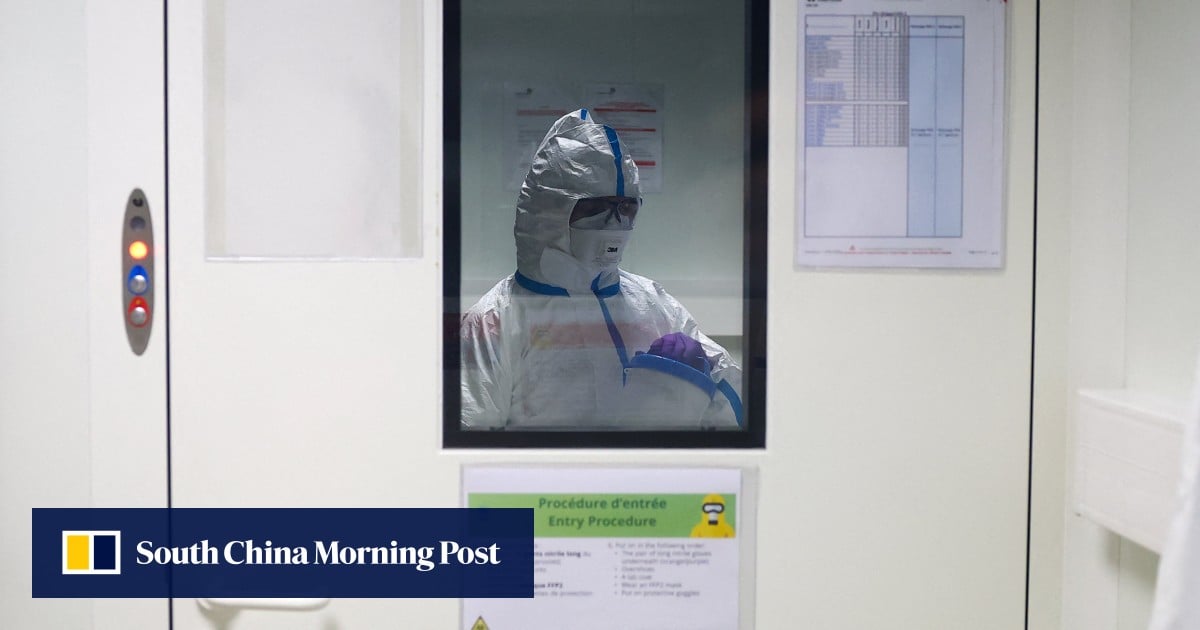The bird flu virus that has been spreading among wild birds, poultry and mammals could lead to a pandemic worse than Covid-19 if it mutates to transmit between humans, the head of France’s Institut Pasteur respiratory infections centre has…

The bird flu virus that has been spreading among wild birds, poultry and mammals could lead to a pandemic worse than Covid-19 if it mutates to transmit between humans, the head of France’s Institut Pasteur respiratory infections centre has…